Physical Address
304 North Cardinal St.
Dorchester Center, MA 02124
Physical Address
304 North Cardinal St.
Dorchester Center, MA 02124

Season 3 of Star Trek: The Next Generation marks a pivotal chapter in the beloved sci-fi series, bringing fresh storytelling, deeper character development, and memorable episodes that have become fan favorites. With its dynamic cast and compelling plotlines, the third season sees the crew of the USS Enterprise facing new challenges and alliances. From the thrilling premiere episode to standout adventures like episode 3 and episode 14, this season helped cement the show’s legacy. As we explore the transition from seasons 1 and 2 to the influential fourth season and connections to Star Trek: Deep Space, Season 3’s significance becomes even clearer.
Season 3 of Star Trek: The Next Generation is often hailed as the turning point where the show truly found its stride, blending strong storytelling with deeper character development. This season brought back Gates McFadden as Dr. Beverly Crusher, adding a familiar and beloved presence to the crew after her absence in Season 2. It also introduced memorable characters like Lt. Reginald Barclay, who first appeared in the quirky and relatable episode Hollow Pursuits. The season features standout episodes such as Sarek, which explores the emotional struggles of Spock’s father, and The Most Toys, where Data faces a moral dilemma after being kidnapped.
The writing improved significantly with new talent like Michael Piller and Ronald D. Moore joining the team, which helped elevate the series to iconic status. Themes of prejudice, loyalty, and identity are explored thoughtfully, especially in episodes like The Enemy, where Geordi and a Romulan officer must overcome their differences to survive. Overall, Season 3 is packed with 26 episodes that balance humor, drama, and sci-fi adventure, making it a favorite among fans and critics alike.
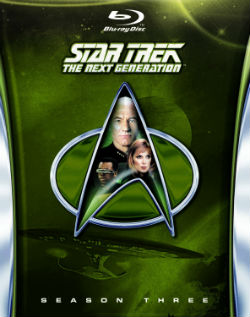
Season 3 of Star Trek: The Next Generation brought back the beloved main cast that fans had grown to love, including Patrick Stewart as Captain Jean-Luc Picard, Jonathan Frakes as Commander William Riker, and LeVar Burton as Lt. Commander Geordi La Forge. A notable return was Gates McFadden as Dr. Beverly Crusher, who had been absent in season 2 but came back to reprise her role with renewed energy. Brent Spiner continued to charm as the android Lt. Commander Data, while Michael Dorn portrayed the fierce Klingon officer Worf. Marina Sirtis also starred as Counselor Deanna Troi, adding depth to the crew’s interpersonal dynamics.
This season is often praised for its stronger focus on character development and storytelling, which helped elevate the show’s quality significantly compared to earlier seasons. New recurring characters like Dwight Schultz’s Lt. Reginald Barclay and Tony Todd’s Kurn made their debut, enriching the Star Trek universe. The cast’s chemistry and the improved scripts made season 3 a favorite among fans, setting the stage for many memorable episodes and solidifying the series’ legacy in sci-fi television.
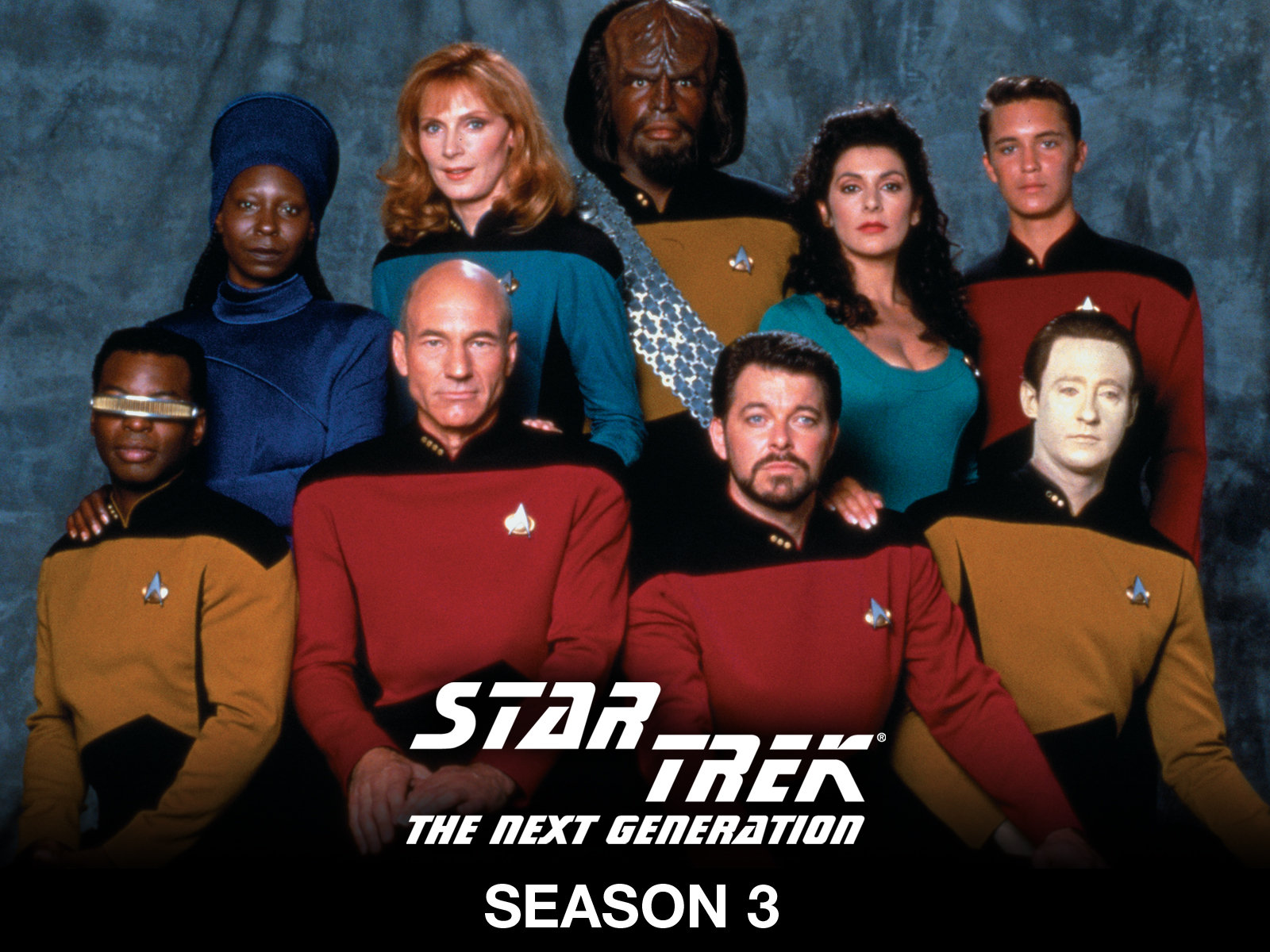
The first episode of Season 3 of Star Trek: The Next Generation, titled “Evolution,” kicks off with an intriguing mix of science and danger. Wesley Crusher’s science project accidentally releases tiny nanites—microscopic machines—that begin to multiply and interfere with the Enterprise’s systems. This causes serious malfunctions, putting the crew and their mission at risk. Captain Picard, showing his characteristic curiosity and respect for life, insists on studying these nanites carefully, suspecting they might be a new form of life rather than just a threat.
Meanwhile, the Enterprise is escorting a scientist, Dr. Paul Stubbs, who is eager to study a star that is about to explode. This adds tension because the nanites’ interference could jeopardize the mission and the scientist’s lifelong work. The episode explores themes of discovery, ethics, and the unknown, with Data playing a key role in communicating with the nanites. Although some viewers find the scientist character a bit grating, the episode sets a thoughtful tone for the season by blending classic Star Trek curiosity with new challenges.
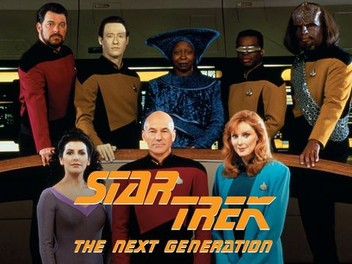
Season 3 of Star Trek: The Next Generation is often celebrated as a turning point where the show really found its stride, blending strong storytelling with deeper character development. This season features 26 episodes that explore a range of themes, from ethical dilemmas to thrilling space adventures. Notable episodes like Yesterday’s Enterprise and Sins of the Father are frequently cited among the series’ best, offering intense drama and rich exploration of Star Trek lore. The season also includes fan favorites such as Tin Man, where the crew encounters a mysterious life form, and Sarek, which delves into Vulcan culture and emotional control.
What makes Season 3 stand out is how it balances action with introspection. Episodes like Hollow Pursuits focus on the personal struggles of the crew, while others like Captain’s Holiday show Captain Picard in a lighter, more adventurous role. The season also experiments with suspense and mystery, as in Allegiance, where Picard is kidnapped and replaced by an imposter. Overall, Season 3 deepens the characters and expands the Star Trek universe, making it a favorite for many fans and critics alike.
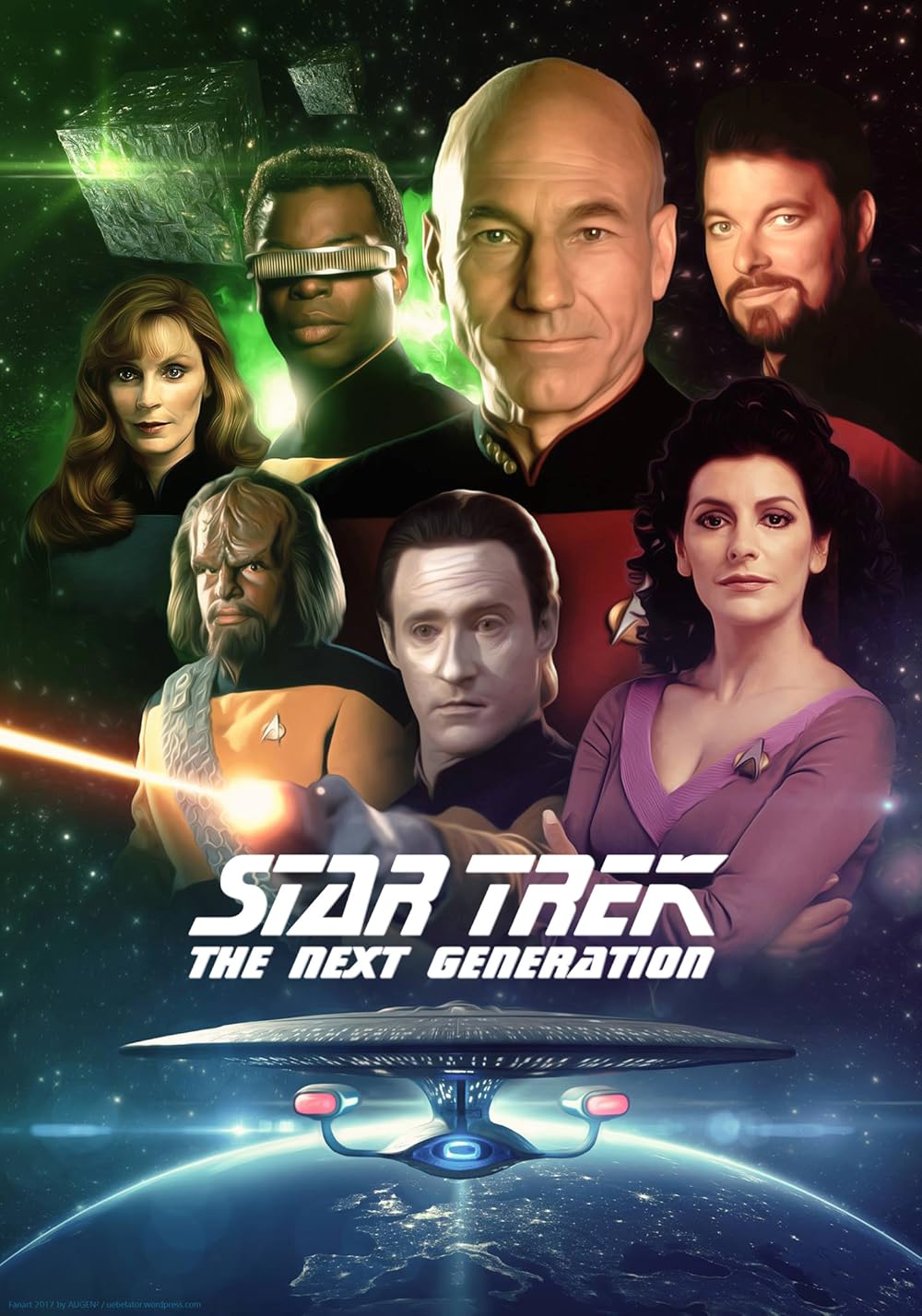
Season 3, Episode 3 of Star Trek: The Next Generation, titled “The Survivors,” is a memorable and emotionally powerful installment. The Enterprise crew responds to a distress call from the Federation colony Rana IV, only to find the planet devastated by an unknown attack. Surprisingly, two inhabitants remain alive, and the mystery of their survival drives the episode’s tension. Captain Picard and the crew investigate the strange circumstances, uncovering a story filled with loneliness, pain, and sacrifice.
What makes this episode stand out is its blend of classic Star Trek exploration with a deeply personal and tragic twist. The episode’s scenic location shooting adds to its beauty, contrasting with the harsh reality of the destruction. The performances, especially by guest actor John Anderson, bring a heartfelt dimension to the story. The revelation at the end is both surprising and poignant, leaving a lasting impact on viewers. “The Survivors” is a great example of how The Next Generation balances sci-fi adventure with meaningful character-driven storytelling.
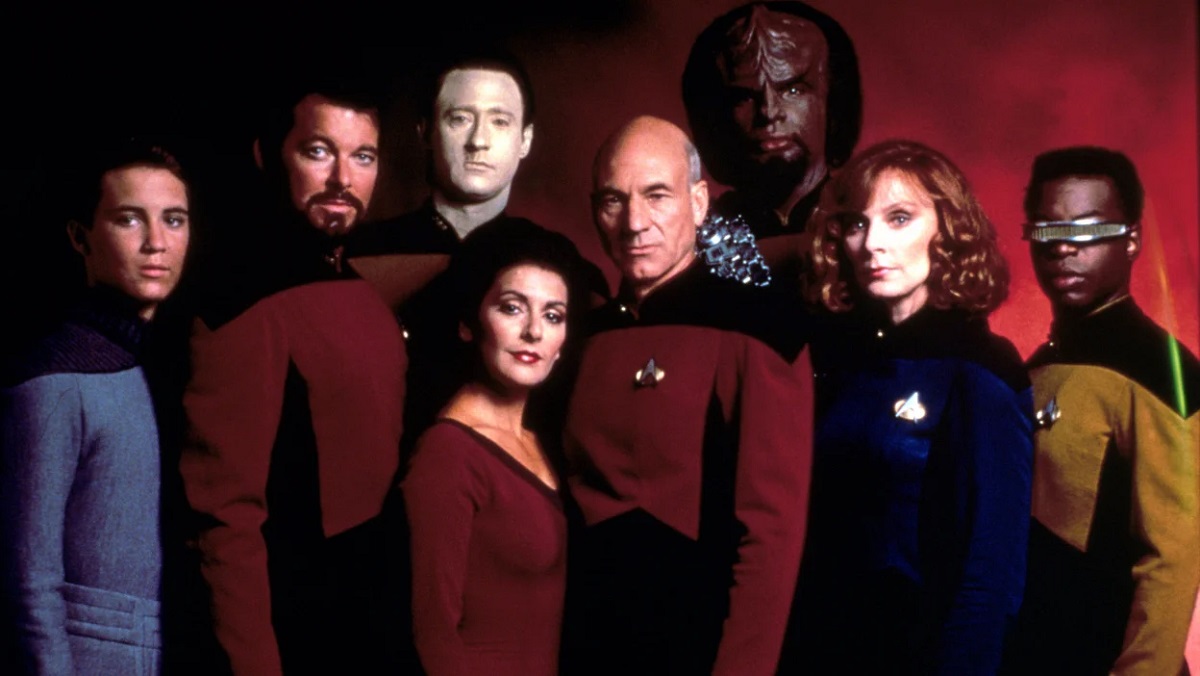
In Star Trek: The Next Generation Season 3, Episode 14, titled “A Matter of Perspective,” Commander Riker faces a serious accusation of murdering a scientist named Nel Apgar. The twist is that the entire episode unfolds like a courtroom drama aboard the Enterprise, where the crew uses the holodeck to recreate different versions of the events leading up to the scientist’s death. Each character’s perspective offers a unique and conflicting account, inspired by the storytelling style of Akira Kurosawa’s Rashomon. This approach explores how memory and perception can shape the truth.
As the story progresses, the crew also deals with mysterious radiation damaging the ship, adding tension to the legal drama. The episode highlights themes of justice, the reliability of eyewitness testimony, and the principle of presumed innocence. It’s a clever mix of sci-fi and legal thriller that keeps you guessing until the end. Plus, it’s a great showcase for Riker’s character and the Enterprise crew’s teamwork in solving complex problems together.
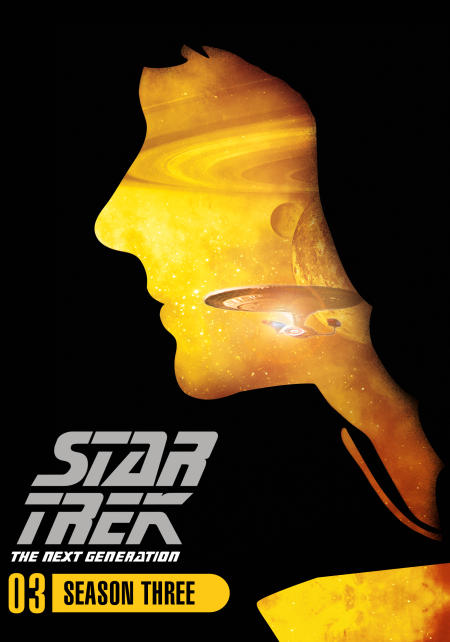
Star Trek: The Next Generation Season 1 launched in 1987, introducing us to a fresh crew aboard the starship Enterprise under Captain Jean-Luc Picard’s command. The season had its ups and downs, with some episodes feeling a bit uneven or awkward as the cast and writers found their footing. Yet, it laid the groundwork for what would become a beloved sci-fi saga. We met iconic characters like Data, the android striving to understand humanity, and saw early appearances of memorable elements like the Ferengi and the holodeck. The pilot, “Encounter at Farpoint,” set the tone with the mysterious and omnipotent Q putting humanity on trial, mixing intrigue with philosophical questions.
While some episodes were criticized for weak scripts or character portrayals, Patrick Stewart’s portrayal of Picard stood out, balancing a stern command presence with glimpses of vulnerability. The season also gave fans a chance to explore the Enterprise itself, showcasing its technology and new sci-fi concepts. Despite its flaws, Season 1 is appreciated for establishing the Star Trek universe’s atmosphere and characters, making it a fascinating start to a series that would grow into a classic over time.
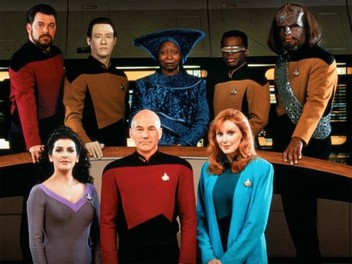
Star Trek: The Next Generation Season 2 aired from November 1988 to July 1989 and brought some notable changes and developments to the series. One of the biggest shifts was in the main cast, as Gates McFadden left her role as Dr. Beverly Crusher and was replaced by Diana Muldaur as Dr. Katherine Pulaski for this single season. The writing team also saw significant turnover, with Maurice Hurley stepping in as head writer and new writers like Melinda M. Snodgrass joining, while others departed. This season is often seen as a step up in momentum and storytelling compared to the first, with episodes like “Q Who?” introducing the Borg and emphasizing that the universe is vast and mysterious, sometimes beyond the crew’s understanding. The characters, especially Picard and Riker, grew more nuanced, with Picard becoming more reserved and Riker more comfortable in his role. Although Season 2 is sometimes viewed as uneven, it laid important groundwork for the show’s future success and deepened the sense of wonder and challenge in the Star Trek universe.
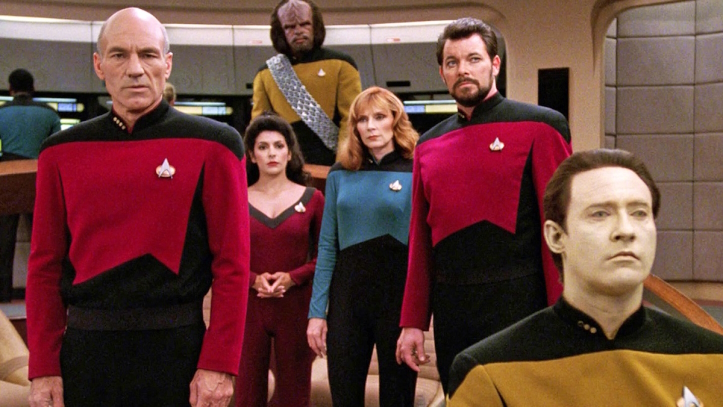
Star Trek: The Next Generation Season 4 is often remembered as a rich and emotionally resonant chapter in the series, airing from 1990 to 1991. This season deepens the theme of family, both biological and chosen, exploring the personal lives of the crew in ways that add depth to their characters. For example, episodes like “Family” give us a glimpse into Captain Picard’s relatives, while “Reunion” introduces Worf’s son and delves into Klingon politics, blending action with heartfelt drama.
The season also features some iconic moments, such as the continuation of the intense Borg storyline in “The Best of Both Worlds, Part II,” where the threat to Earth escalates dramatically. Meanwhile, episodes like “Brothers” and “Suddenly Human” explore Data’s origins and Picard’s unexpected role as guardian to a rebellious teen, respectively. Beyond the personal stories, the crew’s camaraderie shines through as they support each other through various challenges, making the Enterprise feel like a real family. Overall, Season 4 balances thrilling sci-fi plots with touching character development, making it a standout in the series.
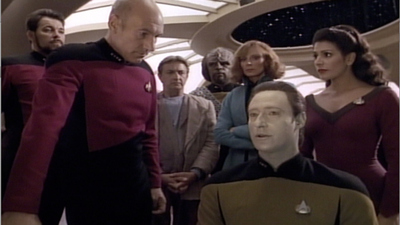
Star Trek: Deep Space Nine (DS9) is a unique and beloved part of the Star Trek universe that aired from 1993 to 1999. Unlike other Star Trek series that focus on starship adventures, DS9 is set on a stationary space station near the planet Bajor, which has just been freed from a long occupation by the Cardassians, a militaristic alien race. This setting gives the show a strong sense of place and allows for deep, ongoing story arcs involving politics, war, and complex character relationships.
The series follows Commander Benjamin Sisko, a Starfleet officer raising his son alone while managing the station and its diverse inhabitants. A major plot element is the discovery of a stable wormhole nearby, which opens up access to the mysterious Gamma Quadrant, introducing new alien species and conflicts. DS9 is praised for its darker tone and serialized storytelling, including the epic Dominion War arc, which brought unprecedented depth and drama to the franchise. Fans appreciate DS9 for its rich characters, moral complexity, and willingness to explore themes like occupation, resistance, and cultural diversity, making it a standout in the Star Trek saga.
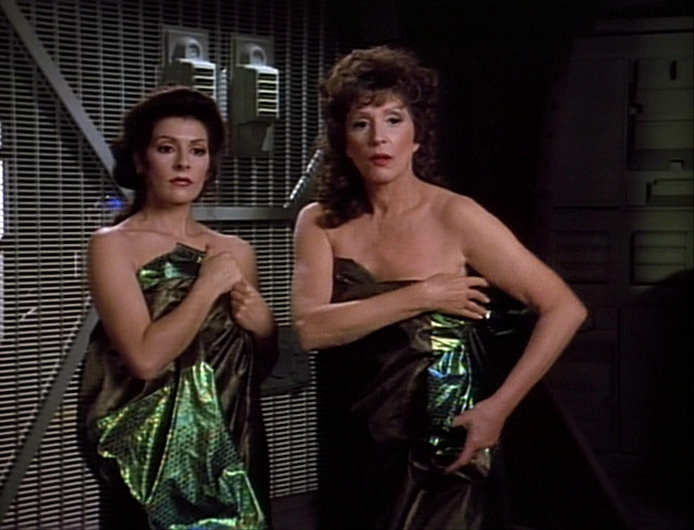
In conclusion, Season 3 of *Star Trek: The Next Generation* marks a significant turning point for the series, featuring heightened storytelling, deep character development, and a broader exploration of philosophical themes. With memorable episodes such as “The Best of Both Worlds” and “The Most Toys,” this season solidifies the show’s legacy as a cornerstone of science fiction television. The increased confidence in the writing and direction ultimately leads to a more cohesive narrative that captivates audiences, setting the stage for the series’ continued success. As we reflect on this pivotal season, its impact on both the franchise and the genre remains undeniable.